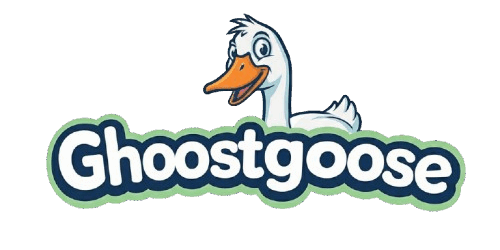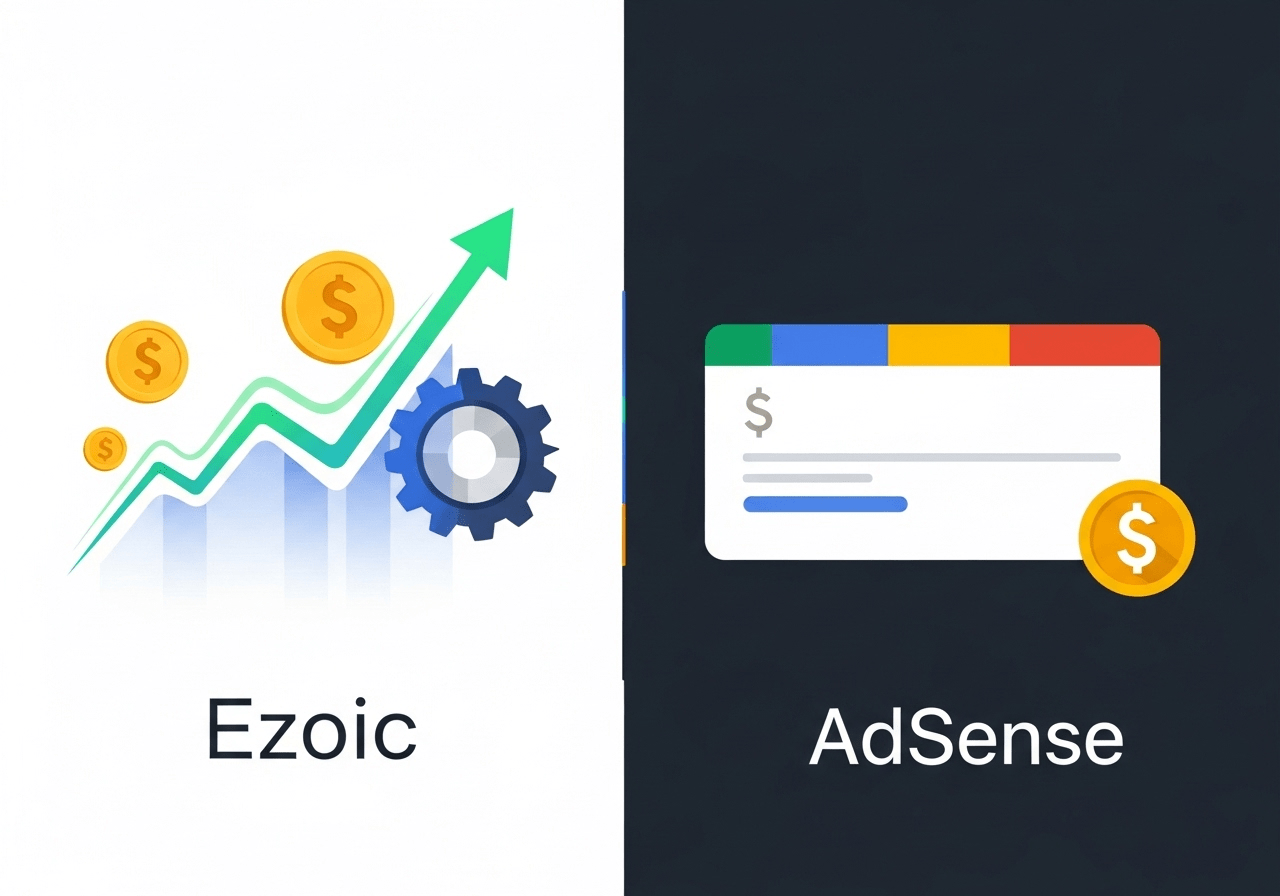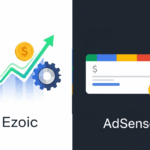Yandex Ads vs Google AdSense, advertising platforms, online revenue—pick the best! This guide compares features to boost your digital earnings.
Introduction to Yandex Ads and Google AdSense
Choosing between Yandex Ads and Google AdSense can shape your online revenue strategy. Both are leading advertising platforms, but they cater to different needs, audiences, and markets. Whether you’re a blogger, website owner, or digital marketer, understanding their differences is key to maximizing earnings. This comprehensive guide dives into their features, benefits, and drawbacks, helping you decide which platform suits your goals. Get ready to explore Yandex Ads vs Google AdSense, advertising platforms, and online revenue opportunities with clarity and confidence!
What Are Yandex Ads and Google AdSense?
Yandex Ads and Google AdSense are advertising platforms that connect publishers (website owners) with advertisers, enabling monetization through ads. Yandex Ads, powered by Russia’s leading search engine, serves ads across its network, while Google AdSense, part of Google’s ecosystem, dominates globally. Both platforms display ads on websites, apps, or videos, paying publishers based on clicks, impressions, or other metrics. Knowing their core functions sets the stage for comparing their strengths and weaknesses. Curious about which platform fits your site? Let’s break it down!
Key Features of Yandex Ads
Yandex Ads, part of Yandex’s digital ecosystem, is tailored for publishers and advertisers in regions where Yandex is strong, like Russia and CIS countries. Here’s what makes it stand out:
- Regional Focus: Targets Eastern Europe, Russia, and Turkey, with localized ad content in languages like Russian and Turkish.
- Ad Formats: Offers display ads, native ads, video ads, and mobile ads, customizable for user experience.
- Payment Models: Supports cost-per-click (CPC), cost-per-mille (CPM), and cost-per-action (CPA), giving flexibility to advertisers.
- Analytics: Provides detailed reports on ad performance, user demographics, and revenue via Yandex Metrica.
- Ease of Use: Simple setup for publishers, with quick approval for sites meeting Yandex’s quality standards.
Example: Anna, a travel blogger in Moscow, uses Yandex Ads to display native ads in Russian. She earns $200 monthly from her 10,000 monthly visitors.
According to Yandex, its platform excels in delivering relevant ads to regional audiences, boosting engagement.

You May Also Like
Learn how to create viral Pinterest pins that not only grab attention but also drive real affiliate conversions.
Explore the StrategyKey Features of Google AdSense
Google AdSense is the world’s largest ad network, known for its global reach and robust features. Here’s what it offers:
- Global Reach: Serves ads in over 200 countries, supporting multiple languages and currencies.
- Ad Formats: Includes display, text, in-feed, in-article, and video ads, with responsive designs for all devices.
- Payment Models: Primarily CPC and CPM, with high-paying ads due to Google’s vast advertiser pool.
- Analytics: Integrates with Google Analytics for in-depth traffic and revenue insights.
- Automation: Auto-optimizes ad placements to maximize earnings without manual tweaks.
Example: John, a tech blogger in the U.S., earns $500 monthly with AdSense on his 20,000-visitor site, thanks to high CPC rates in English markets.
Comparing Yandex Ads vs Google AdSense: Key Differences
To choose the right platform, let’s compare Yandex Ads and Google AdSense across critical factors: audience reach, ad formats, earnings potential, ease of use, and approval process.

1. Audience Reach and Market Focus
- Yandex Ads: Strong in Russia, Turkey, and CIS countries, ideal for sites with Eastern European or Russian-speaking audiences. It leverages Yandex’s search engine dominance in these regions.
- Google AdSense: Global leader, perfect for sites with international or English-speaking audiences. Its vast network ensures ads reach diverse markets.
- Example: A Turkish news site might prefer Yandex Ads for localized ads, while a global lifestyle blog benefits from AdSense’s worldwide reach.
Which market does your site target? Share in the comments to get tailored advice!
2. Ad Formats and Customization
- Yandex Ads: Offers flexible formats like native and video ads, blending seamlessly with content. Customization is robust but simpler than AdSense.
- Google AdSense: Provides a wider range of formats, including responsive and in-feed ads, with advanced customization via machine learning.
- Example: A fashion blog using AdSense can auto-optimize banner sizes, while Yandex Ads excels for native ads on a Russian recipe site.
3. Earnings Potential
- Yandex Ads: Higher CPC rates in Russian-speaking markets (e.g., $0.10–$0.50 per click), but lower global rates. Best for niche, regional sites.
- Google AdSense: Offers higher CPC in English-speaking markets (e.g., $0.50–$2 per click), especially for high-value niches like tech or finance.
- Example: A U.S.-based finance blog earns more with AdSense, while a Russian travel site sees better returns with Yandex Ads.
4. Ease of Use and Setup
- Yandex Ads: User-friendly dashboard, but setup requires understanding Yandex Metrica. Approval is faster for regional sites.
- Google AdSense: Intuitive interface, but stricter approval process. Requires compliance with Google’s policies, which can delay onboarding.
- Example: Maria, a new blogger, got Yandex Ads approved in 2 days, while AdSense took a week due to policy checks.
5. Approval Process and Requirements
- Yandex Ads: Less stringent, accepts smaller sites (100+ daily visitors) with quality content in supported regions.
- Google AdSense: Strict guidelines, requiring original content, 20+ pages, and consistent traffic. Approval can take weeks.
- Example: A startup blog with low traffic may start with Yandex Ads, then switch to AdSense as traffic grows.
Here’s a quick comparison table:
| Feature | Yandex Ads | Google AdSense |
|---|---|---|
| Audience Reach | Regional (Russia, CIS, Turkey) | Global (200+ countries) |
| Ad Formats | Native, display, video, mobile | Display, in-feed, in-article, video |
| Earnings (CPC) | $0.10–$0.50 (regional) | $0.50–$2 (global, high-value niches) |
| Setup Ease | Simple, regional focus | Intuitive, but complex policies |
| Approval | Fast, lenient (100+ visitors) | Strict, takes longer (20+ pages) |
Which platform’s features excite you? Drop a comment and let’s discuss!
Pros and Cons of Yandex Ads
Pros
- Regional Strength: Dominates in Russian-speaking markets, delivering relevant ads.
- Fast Approval: Easier for small or new sites to join.
- Flexible Payments: Supports CPC, CPM, and CPA, suiting various strategies.
- Localized Ads: Tailored for languages like Russian and Turkish, boosting engagement.
Cons
- Limited Reach: Less effective outside Eastern Europe or CIS regions.
- Lower Global CPC: Earnings are lower in non-Russian markets compared to AdSense.
- Analytics Learning Curve: Yandex Metrica requires some familiarity.
Example: A Ukrainian news site saw 20% higher engagement with Yandex’s native ads compared to generic banners.
Pros and Cons of Google AdSense
Pros
- Global Scale: Access to a massive advertiser pool, ideal for international sites.
- High CPC Rates: Lucrative for English-speaking or high-value niches.
- Advanced Automation: Auto-optimizes ad placements for maximum revenue.
- Robust Analytics: Seamless integration with Google Analytics for deep insights.
Cons
- Strict Approval: Rigorous content and traffic requirements can exclude new sites.
- Policy Risks: Account bans for policy violations can halt earnings.
- Competition: High competition in global markets may lower ad relevance for niche sites.
Example: A tech review site doubled its revenue with AdSense’s targeted ads after meeting approval criteria.

You May Also Like
Pinterest Affiliate Marketing is an easy and profitable way to monetize your content without the need for your own products or a website..
Explore the StrategyWant to know more about either platform? Share your questions in the comments!
Which Platform Suits Your Needs?
Choosing between Yandex Ads vs Google AdSense, advertising platforms, and online revenue depends on your site’s audience, niche, and goals:
- Choose Yandex Ads If:
- Your audience is in Russia, Turkey, or CIS countries.
- You have a small or new site with regional traffic.
- You want faster approval and localized ad content.
- Example: A Russian e-commerce blog earns steady revenue with Yandex Ads due to its local audience.
- Choose Google AdSense If:
- Your site targets a global or English-speaking audience.
- You’re in a high-paying niche like finance, tech, or health.
- You have a well-established site with consistent traffic.
- Example: A U.S. fitness blog maximizes earnings with AdSense’s high CPC rates.
Not sure which fits your site? Tell us about your audience in the comments for personalized tips!
Tips for Maximizing Revenue with Advertising Platforms
To boost earnings with Yandex Ads or Google AdSense, follow these strategies:
- Optimize Ad Placement: Place ads above the fold or within content for higher clicks. Avoid cluttering your site.
- Improve Content Quality: Create engaging, original content to attract more traffic and ad relevance.
- Test Ad Formats: Experiment with native, banner, or video ads to find what works best.
- Monitor Analytics: Use Yandex Metrica or Google Analytics to track performance and tweak strategies.
- Comply with Policies: Follow platform guidelines to avoid penalties or bans.
Example: Alex, a blogger, increased AdSense revenue by 30% by placing in-article ads strategically, as suggested by Search Engine Journal.
What’s your top monetization tip? Share it below to help others!
Common Challenges and Solutions
Both platforms have challenges. Here’s how to tackle them:
- Low Earnings: Optimize ad placements and target high-value niches. For Yandex, focus on regional content; for AdSense, aim for global niches.
- Approval Delays: Ensure your site meets requirements (e.g., quality content, sufficient traffic) before applying.
- Policy Violations: Review platform rules regularly to avoid bans. AdSense is stricter, so double-check content.
- Ad Relevance: Use SEO to attract the right audience, improving ad targeting.
Example: A blogger fixed low Yandex Ads earnings by adding Russian-language content, boosting ad relevance.
Facing any challenges? Drop a comment, and let’s troubleshoot together!
Engaging with the Digital Advertising Community
Joining a community can enhance your ad strategy. Here’s how:
- Follow Experts: Check blogs like Search Engine Journal or Yandex’s ad blog for tips.
- Join Forums: Reddit’s r/Adsense or r/PPC communities offer advice and support.
- Share Success: Post your earnings milestones on social media to inspire others.
- Test and Learn: Try A/B testing ad placements and share results with peers.
What’s your experience with ad platforms? Share your story in the comments!
Visual Suggestions for Pinterest
To make your article pop, consider these Pinterest-style visuals (confirm if you want images generated):
- Infographic: A side-by-side comparison of Yandex Ads vs. Google AdSense features, using blue and green tones.
- Chart: A bar graph showing CPC rates by region for both platforms, with bold visuals.
- Guide Graphic: A step-by-step ad placement guide, with vibrant icons and text.
- Motivational Post: An image of a laptop with ads, captioned “Monetize Your Site Today!”
Which visual idea do you love? Tell us in the comments!
Conclusion
Yandex Ads and Google AdSense offer unique paths to online revenue, each with strengths for different audiences. Yandex excels for regional sites, while AdSense dominates global markets with higher CPCs. By understanding their features, you can choose the best platform for your site’s goals. Use our tips to optimize earnings and avoid common pitfalls. Start monetizing today and watch your digital income grow!














1 Comment
[…] Explore the Strategy […]